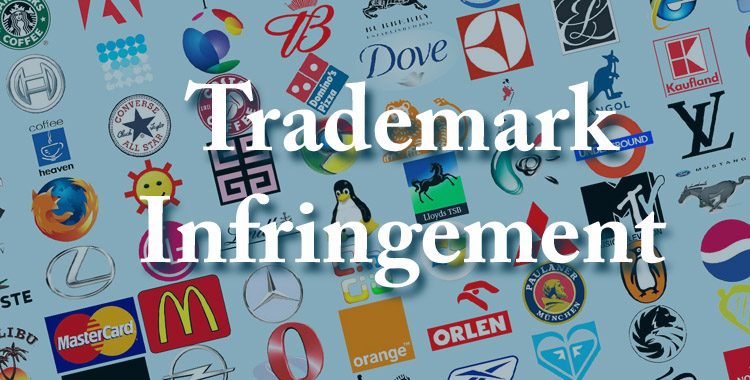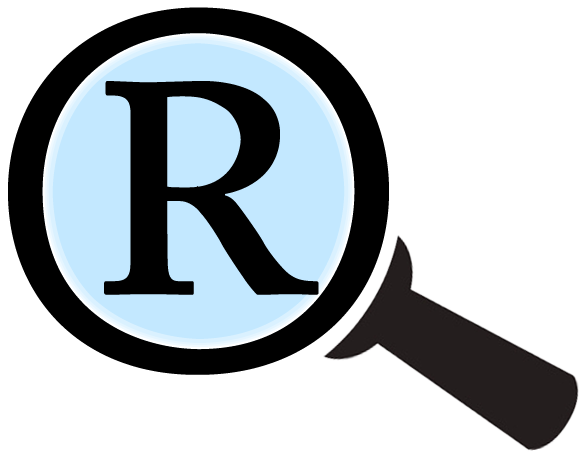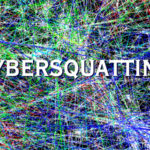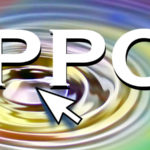What Is Trademark Infringement?
Trademark Infringement is defined as the unauthorized use of a trademark (or a confusingly similar mark) or service mark on or in association with services or goods in a way that is likely to cause confusion, deception, or mistake about the source of the goods and/or services. In the United States, a mark may be either registered or unregistered to be legally protected.
In the U.S., infringement is governed by a part of the Lanham Act. The Lanham Act defines and prohibits a number of activities, including trademark infringement, trademark dilution, and false advertising.

To prove that an infringement of a mark has occurred, a plaintiff must show that they have a valid claim under the Lanham Act through demonstrating that:
- They have a valid and legally-protectable trademark, AND:
- They own the mark, AND:
- That the defendant’s use of the mark in association with goods and/or services caused a likelihood of confusion in the marketplace.
Trademarks, service marks, and trade dress can all be elements that identify the originator of products and services, and all can be areas where potential infringement may occur.
The “likelihood of confusion” is a legal concept that poses a primary focal point of any trademark infringement claim. A likelihood of confusion exists when consumers in the marketplace that see the allegedly-infringing mark would be likely to assume that the service and/or product that it represents is associated with the source of a different product or service identified with a similar (or same/identical) mark.
Legal courts assessing an infringement claim generally apply different standards to issues between directly-competing goods/services versus issues between noncompeting goods/services when trying to determine whether there is or has been a likelihood of confusion. When the alleged infringer and the trademark owner both deal in selling competing goods or services, courts will rarely explore beyond examining characterstics of the mark itself, and trademark infringement will usually be determined if the two marks in the claim are so sufficiently similar that consumer confusion would be expected in the marketplace. Alternatively, if the products/services in the claim are completely unrelated, confusion is far less likely, and and a legal finding of infringement will not result.
When a trademark has been misused and a consumer may have seen it in an inappropriate context, it may be said that a “misimpression” has occurred. In a court case, once infringement of a mark has been established, the extend of consumer misimpressions may become a significant factor in the determination of damages and corrective actions.
In internet commerce, there are a number of unique factors involved with trademark infringement. For instance, the Anticybersquatting Consumer Protection Act established specific law involving the registration-of, trafficking-in, or using a domain name that is confusingly similar-to, or dilutive-of, a trademark or even of a personal name. And, the unique ability to track and measure internet activity can be quite helpful in assessing numbers of misimpressions as a reasonable basis for calculating damages.
Upcoming Articles Related To Trademark Infringement:
- What is a trademark?
- What is a service mark?
- What is trade dress?
- Details on trademark law in the Lanham Act
- What is cybersquatting?
- How to tell if online trademark infringement involved SEO
- Hidden infringement statistics in internet trademark cases
- How to detect cybersquatting
- Does keyword targeting in online ads constitute trademark infringement?
- Is a domain name automatically trademark infringement?
- How internet marketing may constitute trademark infringement





Thanks a lot for sharing this informative article. The Trademark Infringement Test determines the likelihood of people confusing two companies with similar marks.